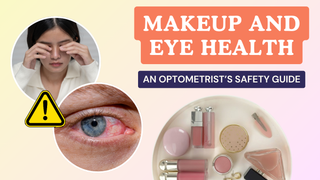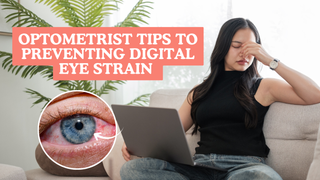What Are Gel Nail Stickers? Everything You Need to Know
Introduction
Acrylate monomers, which contain an acryl group derived from acrylic and methacrylic acid, have a wide range of applications. Products containing acrylic polymers can produce significant allergic reactions. Since the 1950s, many reports of allergic contact dermatitis due to acrylate monomers have been published.
What Products Contain Acrylate Monomers?
Many products contain acrylate monomers. In the past, common exposures were associated with manufacturing, particularly in printing, painting, coating, metallurgical industries and dentistry. Common sources of these compounds include floor waxes, floor coatings, surface treatments of leather, textiles and paper products. Acrylic monomers – acrylates, methacrylates, urethane acrylates, and epoxy acrylates – used in dental products such as prostheses, dentin bonding materials, and glass ionomers are of concern for those that work in the dental field.1 Eyelash, hair extensions, nail polish, and artificial nails are important sources of acrylate monomers.
Why Are Acrylate Monomers Harmful?
Products that contain acrylate monomers can cause allergic reactions, especially contact dermatitis. All types of artificial nails contain acrylates and can cause an allergic reaction. Not only can these harmful products effect beauticians who apply them but also to the customers. Allergic reactions may develop after months or even years of using false nails.1 The clinical presentation of skin allergy includes pulpitis, finger dermatitis, acquired leukoderma in the fingertips, eczematous lesions, nail dystrophy, sometimes even other locations like face or neck dermatitis.
How Can These Products Affect The Eyes?
Eyelash extensions (false lashes) can result in an allergic reaction of the eyelids and perhaps the eyes also. This is because the eyelash extensions are in very close proximity to the eyelid and the eye. Rubbing your eyes will further increase the risk of the acrylates coming in contact with the eyelid and eyes. Contact lens wearers are at potential risk. The contact lens can come in contact with acrylate products from the artificial nails/nail polish or the false lashes. If the acrylate products get on the contact lens, then the contact lens is applied to the eye, an allergic reaction can develop on the eye itself. Again, these allergic reactions can occur months or even years of using these products. The literature contains descriptions of mucosal symptoms (ocular, nasal and respiratory) due to exposure to acrylates among beauticians. They include cases of induced asthma or exacerbations of pre-existing asthma, conjunctivitis and rhinitis.
What To Do If You Have Allergy Symptoms?
Symptoms such as red, itchy irritated eyes or a rash on the eyelid should be examined by an eye doctor. An eye doctor can help determine the cause of the symptoms and treat the allergies in and around the eyes. Treatments may consist of removing the false lashes or artificial nails/nail polish and prescribing medications to resolve the allergic reaction. Patients should seek the advice of their primary care physician for allergies affecting other body areas. The primary care physician might also refer you to an allergist to confirm that the allergy was caused by acrylate products.
Conclusion
Products that contain acrylate monomers such as eyelash extensions and artificial nails/nail polish can provoke an allergic reaction even months or years of use. If symptoms such as redness, swelling, or a rash in or near the eyes occur, it’s important to seek treatment from a medical professional such as an optometrist or ophthalmologist.











